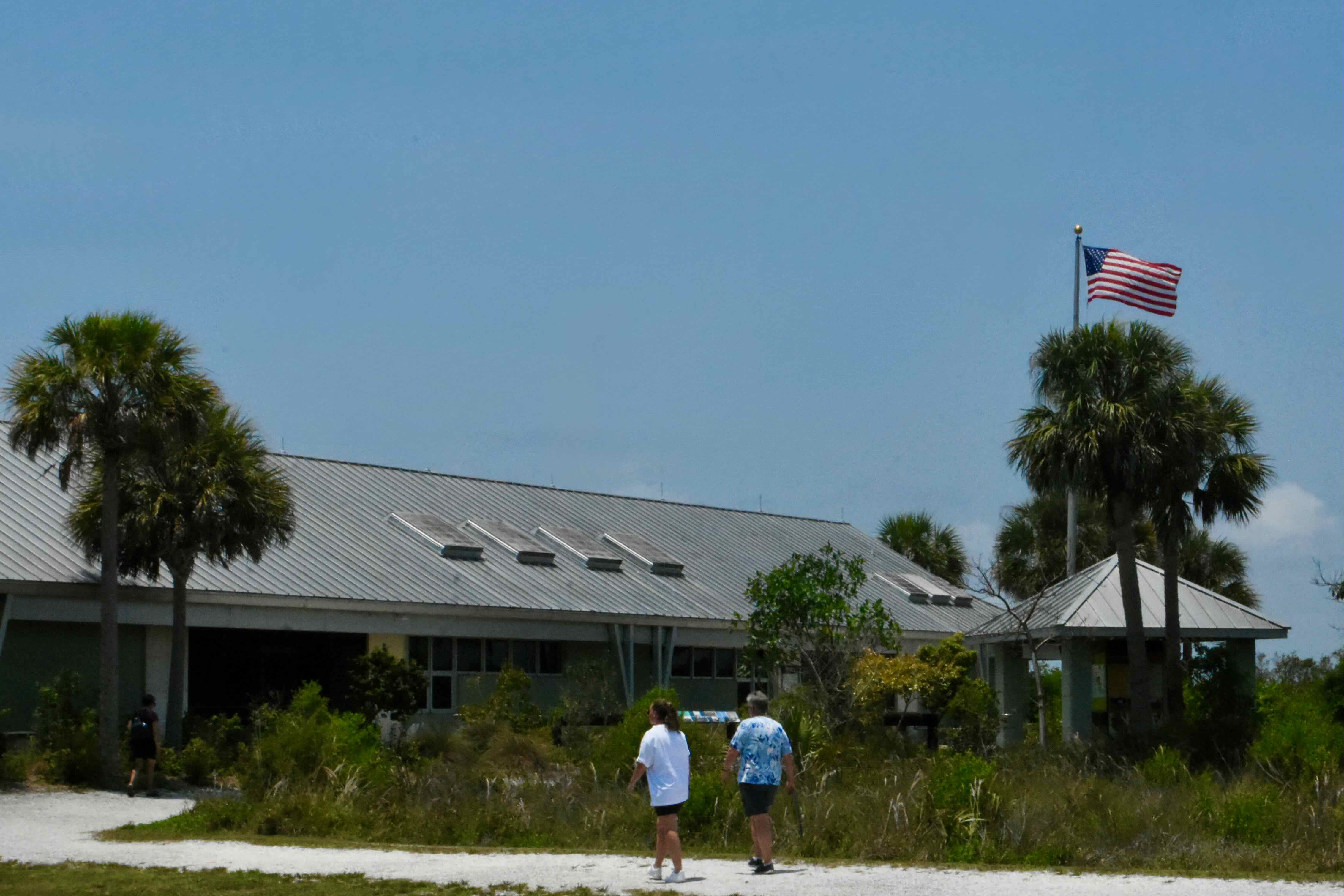The building in the photograph above is the Nathaniel P. Reed Visitors Center, in a sense the heart beat of Big Cypress National Preserve. If you don't know who Nate Reed was, and why this building is named after him, you really should. Reed was one of the giants of Florida's environmental movement, an advisor to governors of both parties on environmental policy. Reed also made his mark nationally as an assistant Interior Department secretary. While with the Interior Department, Reed helped create and fund Big Cypress in 1974. In the 1960s, Reed was instrumental in quashing plans to build a jetport on land that would later become Big Cypress. That was a key moment in the effort to conserve this part of Florida.
Reed and his family were forces in the creation of the Hobe Sound National Wildlife Refuge, now known as the Nathaniel P. Reed Hobe Sound National Wildlife Refuge. And he was a force in the creation of the 1000 Friends of Florida, an organization dedicated to sound environmental and land use policies in the state. The center sits along U.S. 41 two miles east of its intersection with State Road 29. It's worth the stop, and if you do stop, check out the surrounding grounds as well.
NEXT STOP: A Roadside Respite of a Bygone Era
RETURN TO THE TOUR PAGE —||— RETURN TO THE MAIN PAGE
Reed and his family were forces in the creation of the Hobe Sound National Wildlife Refuge, now known as the Nathaniel P. Reed Hobe Sound National Wildlife Refuge. And he was a force in the creation of the 1000 Friends of Florida, an organization dedicated to sound environmental and land use policies in the state. The center sits along U.S. 41 two miles east of its intersection with State Road 29. It's worth the stop, and if you do stop, check out the surrounding grounds as well.
NEXT STOP: A Roadside Respite of a Bygone Era
RETURN TO THE TOUR PAGE —||— RETURN TO THE MAIN PAGE

